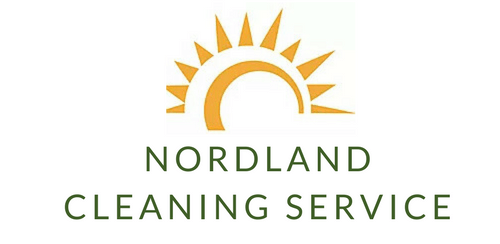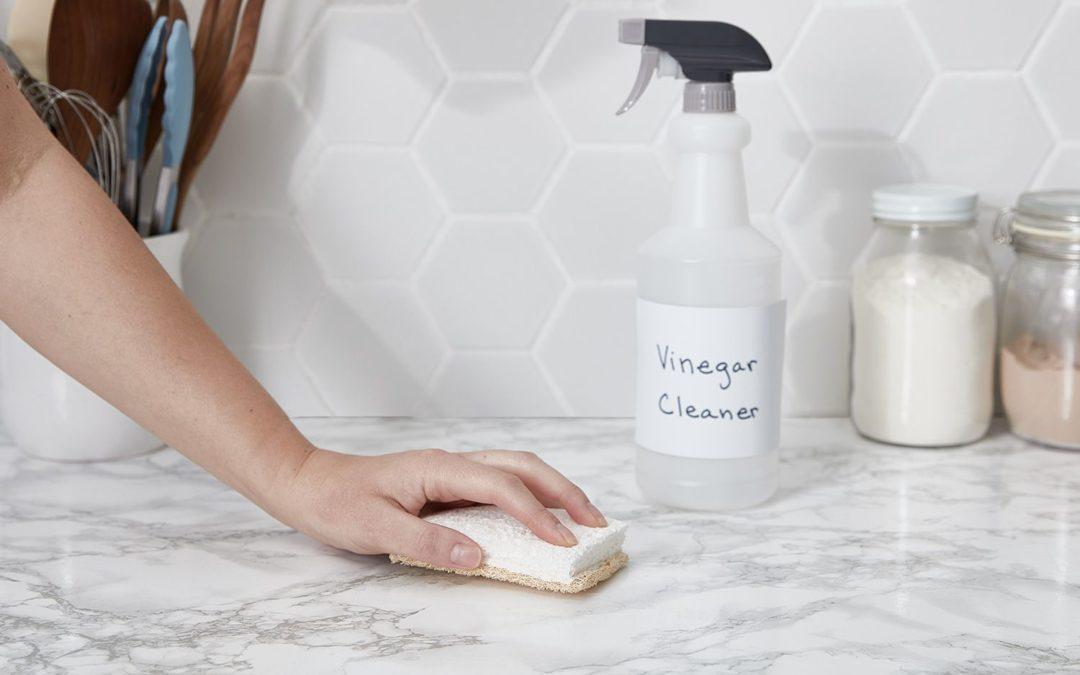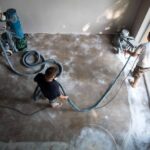Can I Use Vinegar To Kill Mould And Mildew?
The growth of mould and mildew is common in homes, particularly in areas where the humidity level is high, or there is some leakage problem.
When you discover a small colony of mould and mildew, you should clean it immediately because it can turn into a large colony within a few days.
People with asthma, allergies and other breathing problems are likely more vulnerable to mould and mildew.
Fungal growth is also a concern for people with weakened immune systems and chronic lung diseases. Therefore, you need to kill mould and mildew the moment you discover it.
One of the most common dilemmas that people have is whether vinegar can kill mould and mildew or not.
Vinegar is one of the natural cleaning agents that are highly effective against fungus.
If the colony is too big to clean using DIY methods or you have health issues, contact professionals who offer the best cleaning services in Northern Virginia.
They have expertise in cleaning the property and are highly recommended. To clean it using vinegar, you should know why it is effective and how to complete the task.
Read on to know more about how to use vinegar to kill mould and mildew.
Why Vinegar is Effective against Mould and Mildew
Vinegar has antibacterial and antifungal properties, so it can successfully eliminate mould. It has around 5 to 8 per cent acetic acid, making it so effective. The acetic acid contains approx. 2.5 pH, which can easily disrupt microorganism growth.
You can clean small areas of mould with vinegar on your own, but it is essential to know when to call in the professionals.
If mould covers an area of 10 square feet or more, contact a trained Northern Virginia cleaning service. You should also contact the specialists if the mould has gotten into the heating, ventilation system or air conditioning.
How to Clean Kill Mould and Mildew with Vinegar?
If you want to get rid of the fungus on your own, then you need to follow the steps mentioned below.
- Wear gloves: Although vinegar is an eco-friendly product, long exposure to it can cause some irritation to your skin. Therefore, you should always wear gloves when using vinegar to protect your skin.
- Fill a spray bottle with white vinegar: You should not mix the vinegar and water when removing mould and mildew. It will reduce its effectiveness, so you might not get the desired result.
- Apply vinegar on the affected spot: Spray white vinegar to cover the area thoroughly and completely. Make sure there is enough vinegar in the area; otherwise, it won’t work.
- Leave it for one hour: You need to give the vinegar some time to work on the mould. So, after spraying the solution on the affected spot, leave it for an hour. It will make the cleaning task a lot easier.
- Properly scrub the mould: In the next step, you need to use a brush to scrub the mould area. Do not forget to clean your brush in warm water from time to time while scrubbing the spot. It is one of the best eco-friendly tips and tricks to clean your home.
- Wipe the surface clean: After removing the fungus from a surface, you need to wipe the space properly using warm water and allow the spot to get dry.
Make Vinegar More Powerful
Studies say that Vinegar can kill 82% of mould species. If this is correct, you still have the possibility of 18% of species are more stubborn. If the solution does not seem to work, try combining it with hydrogen peroxide, borax, baking soda, or salt.
You should never combine vinegar and bleach as the combination can produce hazardous, toxic fumes. If none of these combinations works, or if you have a larger mould issue, contact a professional Northern Virginia cleaning service.
How to Prevent Mould from Returning
To ensure that the mould does not come back quickly, you must follow preventive measures.
Spray vinegar on the spot and leave it
After removing mould and mildew from a surface, you can apply white vinegar on the spot and leave it like that. Also, know how to clean and kill mould and mildew using regular household products.
Fix any leaks
Leaks that often occur in the roof and plumbing and any wall corner can lead to mould growth. So, thoroughly check these areas, and if you find any leaks, fix them immediately.
Reduce the level of humidity
Humidity is one of the main factors for the growth of mould and mildew. So, it is advisable to install a dehumidifier in your home if its lacks ventilation.
The Bottom Line
Removing mould and mildew from your household surfaces doesn’t have to be a challenging task if you follow the correct approach. To remove the fungus with vinegar, follow the aforementioned method.
It will help you to remove the mould and improve the quality of the indoor air quality. If it is too big to clean on your own or you are moving out of the rental property, contact professionals who offer a reliable Northern Virginia cleaning service.









Recent Comments